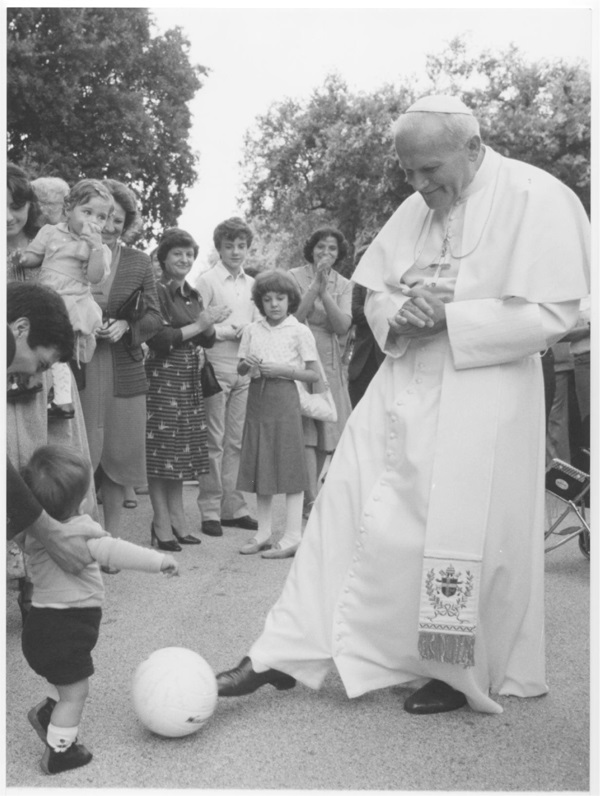Sartrean Ethics and Sport for Development and Peace Programs
Submitted by Zachary Smith
Zachary Smith is a graduate student in sport studies at the United States Sports Academy and currently resides in Grand Rapids, MI.
ABSTRACT
The United Nations recently declared the first ever International Day of Sport for Development and Peace in recognition of “the power of sport to erase cultural barriers and mobilize people around the world” (9). Unfortunately, while many organizations recognize the ethical neutrality of sport in name, this is often functionally forgotten as sport is co-opted for use by other programs. This paper aims to briefly outline this functional issue by observing the cognitive dissonance within the UN’s statement and its characterization of the Olympics and World Cup events as archetypes of sport for development and peace programs. It will briefly examine this dissonance through the lens of a Sartrean ethic of ambiguity and recast the Olympic and World Cup events as archetypes of cultural hegemony. Finally, it will be suggested that until this dissonance is reconciled, SDP’s will suffer from “inauthenticity,” severely hampering the program’s ability to achieve stated development and peace goals, jeopardizing the “survival of sport as a noble human enterprise” (Morgan, 1976 p. 93) and turning it into a “mere vehicle for the exploitation of man’s own self interests” (Morgan, 1976 p. 91).

